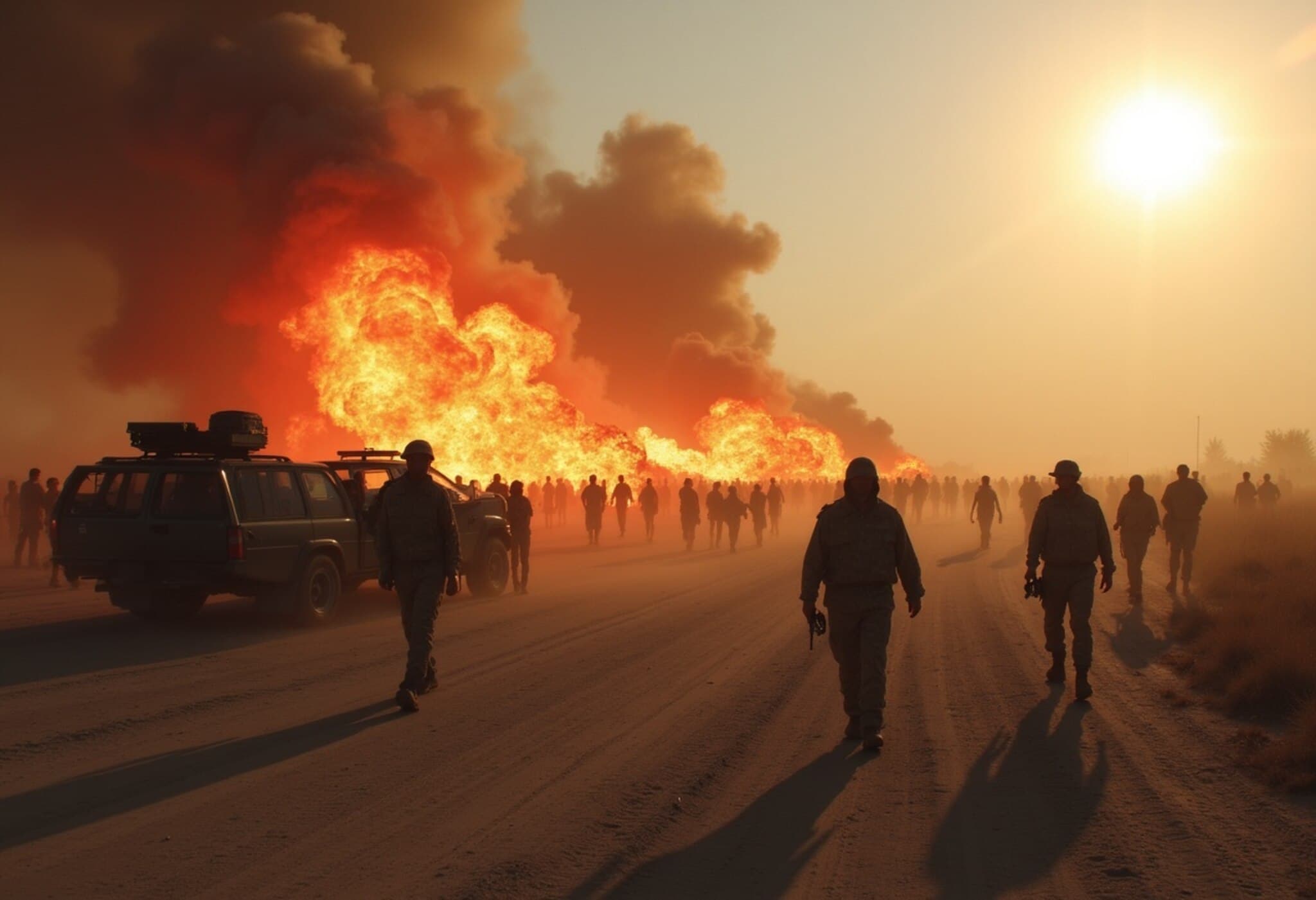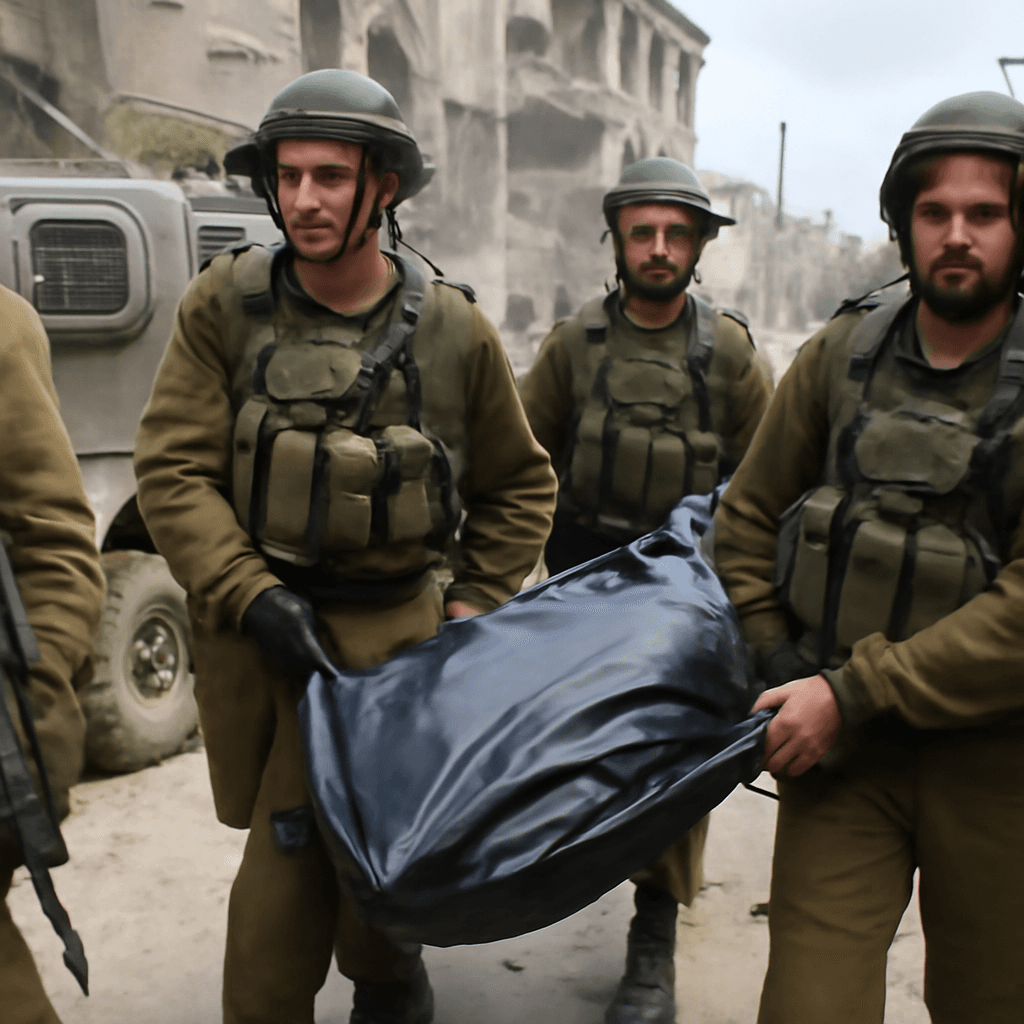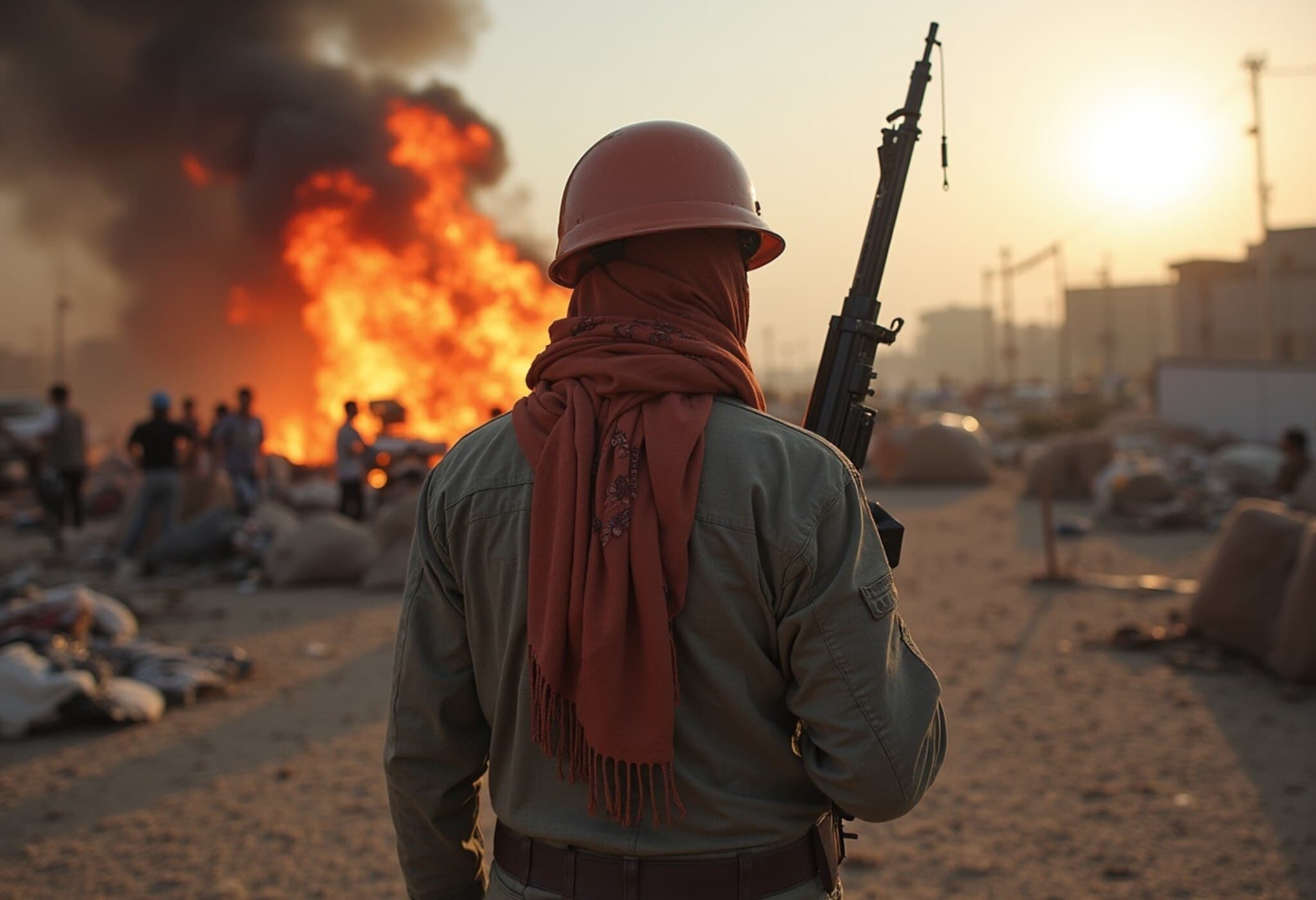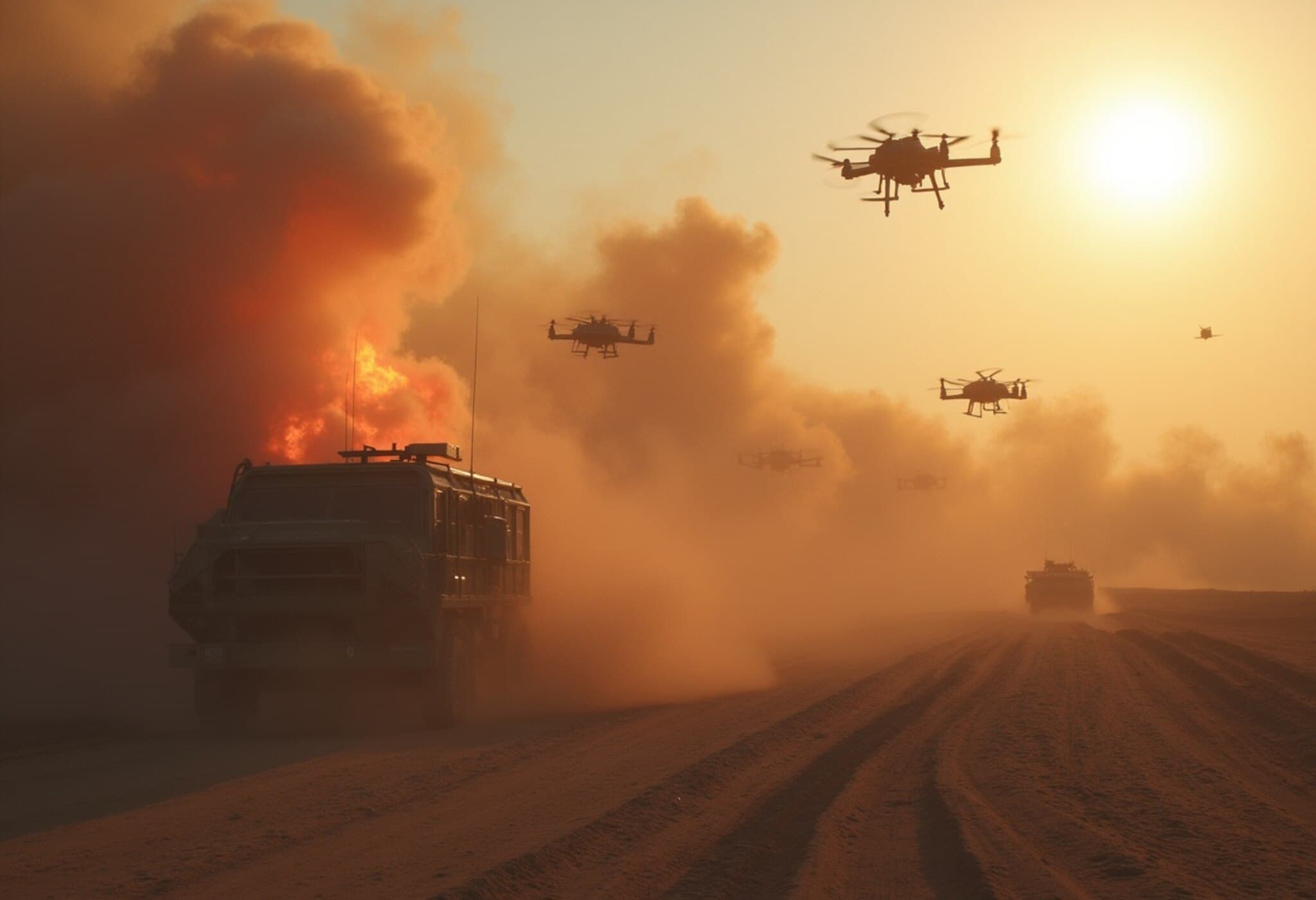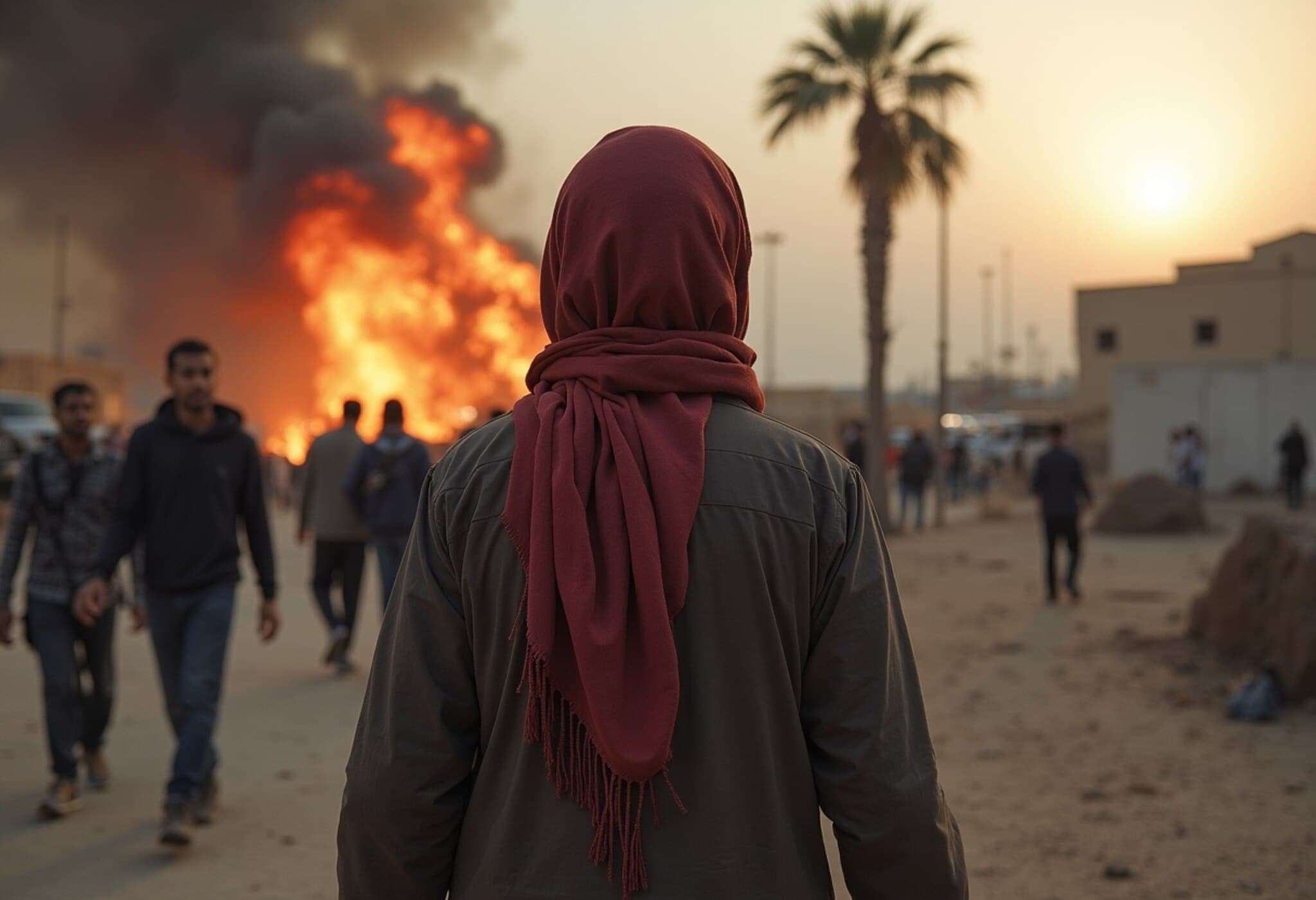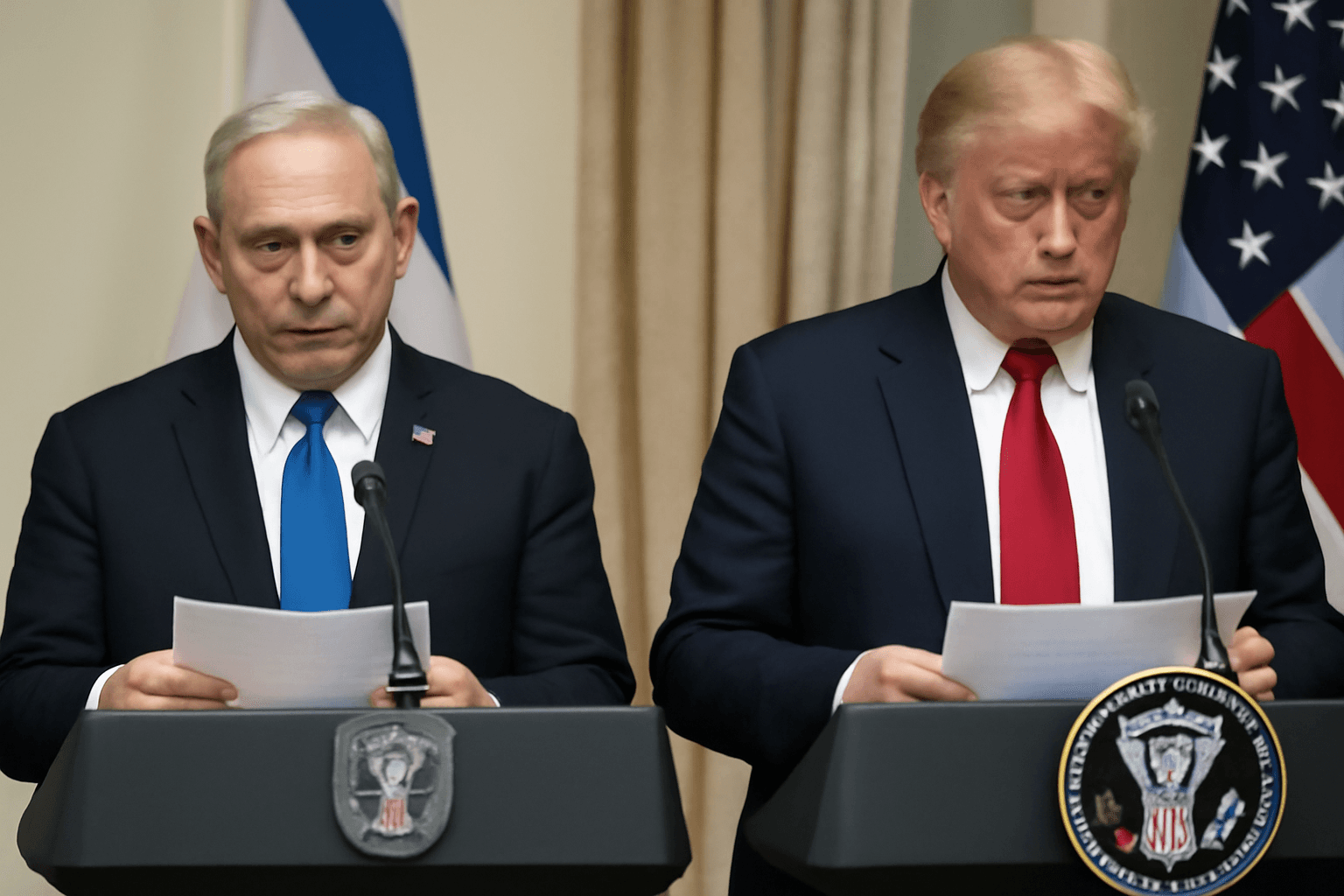The 12-Day Iran-Israel Conflict and US Involvement: An Overview
In a dramatic turn of events, the United States emerged as a pivotal player in the recent Iran-Israel conflict, which escalated into a violent 12-day war that sent shockwaves through the Middle East. The conflict, marked by missile strikes, drone attacks, and direct airstrikes, culminated in a US-brokered ceasefire announcement by President Donald Trump, signaling a fragile pause in hostilities.
Israel’s Surprise Strikes Spark the Fire
The conflict ignited on June 13, when Israel launched a massive assault targeting Iran’s nuclear and military facilities using warplanes and drones. This offensive resulted in the deaths of key Iranian military leaders, including General Mohammad Bagheri, General Hossein Salami, and General Amir Ali Hajizadeh.
Iran retaliated swiftly, unleashing ballistic missile attacks on Israeli cities such as Jerusalem and Tel Aviv, causing explosions and civilian distress. Iran's Supreme Leader, Ayatollah Ali Khamenei, condemned the attack and promised retribution, setting the stage for intensified confrontations.
Calls for Resistance and Regional Tensions
Amid escalating tensions, Israeli Prime Minister Benjamin Netanyahu addressed the Iranian populace directly, urging them to rise against their government’s oppressive regime. Describing the ongoing military campaign as "Operation Rising Lion," Netanyahu urged solidarity among Iranians for greater freedom and painted the conflict as a fight against tyranny.
Iran dismissed these remarks and increased its drone and missile strikes against Israeli targets, causing injuries and infrastructural damage.
US Urges Diplomacy but Amplifies Military Presence
President Trump publicly called on Iran to seize a "second chance" at negotiations to pause its nuclear ambitions and avoid further destruction. However, despite diplomatic overtures, the United States intensified its military involvement, deploying advanced B-2 bombers and conducting airstrikes against Iranian nuclear sites in a mission dubbed “Operation Midnight Hammer.”
Trump also rejected a proposed Israeli plan to assassinate Ayatollah Khamenei, opting not to escalate the conflict to that extreme.
Major Military Strikes and Retaliations
- Israel struck Iran’s state-run television station during a live broadcast, citing the facility's use for military purposes.
- Both nations exchanged missile attacks; Iran targeted a US military base in Qatar, while Israel carried out further strikes across Iranian territory.
- Israel targeted Iran’s Arak heavy water reactor to disrupt nuclear development.
- Casualties mounted on both sides, with at least four people killed in Israel from missile strikes occurring after the ceasefire was declared.
The Ceasefire Announcement and Lingering Unrest
On June 24, President Trump declared a "complete and total ceasefire" between Iran and Israel, a move officially accepted by both nations. Yet, even as the announcement was made, sporadic missile launches and retaliatory airstrikes continued, casting doubt on the truce’s durability.
Israeli leadership accused Iran of violating the ceasefire, prompting calls for renewed military response, while Iran denied ongoing attacks. Throughout the ceasefire day, northern Israel experienced missile sirens and explosions, reflecting the fragile state of peace.
Global Reactions and Geopolitical Stakes
Russia positioned itself as a mediator, offering support to Iran and condemning the attacks as unjustified, while noting its readiness to assist based on Tehran’s needs. The escalating conflict also fueled warnings from Iranian-backed groups, such as the Houthis, threatening to target US naval assets if American involvement intensified.
Summary of Key Conflict Developments
- June 13: Israeli airstrikes target Iranian nuclear and military sites.
- June 14-15: Iran retaliates with missile and drone attacks; US rejects Iran regime assassination plan.
- June 16-18: Israeli strikes on Iranian media; US calls for Iran’s unconditional surrender.
- June 19-20: Exchange of missile fire near Tel Aviv and hospital; Israel targets Iran’s nuclear reactor.
- June 21-22: US launches airstrikes on Iranian nuclear facilities; Iran attacks US base in Qatar.
- June 24: US brokers a ceasefire between Iran and Israel; sporadic violence persists.
Conclusion: A Tenuous Truce Amid Deep-Rooted Conflict
The brief but intense war between Iran and Israel has drawn the United States into a decisive role, both militarily and diplomatically, further complexifying an already volatile regional landscape. While the ceasefire offers a momentary pause, the underlying tensions and unresolved disputes loom large, leaving peace efforts hanging by a fragile thread.

